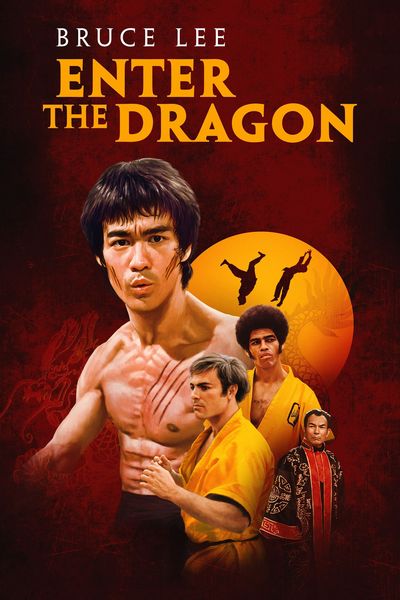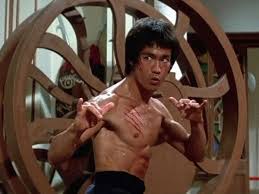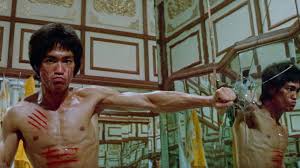Enter the Dragon (1973)

“Enter the Dragon”: A Landmark in Martial Arts Cinema Directed by Robert Clouse
Suggested videos for you:
Released in 1973, “Enter the Dragon” is a seminal martial arts film directed by Robert Clouse that played a crucial role in elevating the genre to international prominence. Starring the legendary Bruce Lee in one of his most iconic roles, the film is celebrated for its groundbreaking choreography, intense fight scenes, and compelling narrative. It remains a cultural touchstone, influencing countless films and shaping perceptions of martial arts in popular culture.

The plot follows Lee, playing a character named Lee, who is recruited by a British intelligence agency to infiltrate a mysterious island owned by the enigmatic Han (played by Shih Kien). Han hosts a martial arts tournament that serves as a cover for his illegal activities, including drug trafficking and human trafficking. As Lee navigates this treacherous environment, he seeks to avenge the death of his sister, who fell victim to Han’s criminal empire. The film expertly combines elements of espionage with martial arts, creating a narrative that is both thrilling and emotionally resonant.

Robert Clouse’s direction is notable for its innovative fight choreography and visual style. He collaborates closely with Bruce Lee, whose influence is evident in both the action sequences and the overall tone of the film. The cinematography by Gil Hubbs captures the intensity and fluidity of the martial arts performances, making each fight scene a dynamic spectacle. Clouse’s ability to balance action with character development allows viewers to connect with the protagonist on a deeper level, enhancing the film’s emotional stakes.

“Enter the Dragon” is primarily classified as a martial arts action film, but it also incorporates elements of drama and thriller. The film explores themes of honor, revenge, and the clash between good and evil. Lee’s character embodies the principles of martial arts, emphasizing discipline and respect, while also showcasing the personal motivations that drive him. The film’s exploration of moral dilemmas and the consequences of violence adds layers to its narrative, elevating it beyond a typical action movie.

Bruce Lee’s performance is nothing short of iconic. His charisma, athleticism, and unparalleled martial arts skills shine throughout the film, making him a compelling hero. The supporting cast, including John Saxon as Roper and Jim Kelly as Williams, adds depth to the narrative, each character bringing their unique strengths to the story. Their interactions with Lee create a sense of camaraderie and shared purpose, enriching the film’s emotional landscape.
Upon its release, “Enter the Dragon” received critical acclaim and became a box office success, solidifying Bruce Lee’s status as a global icon. It was one of the first films to introduce martial arts to Western audiences, paving the way for future martial arts films and actors. The film’s influence can be seen in countless subsequent works, from action films to video games, and its legacy continues to resonate in popular culture.
In conclusion, “Enter the Dragon” is a groundbreaking film that redefined the martial arts genre and showcased the extraordinary talents of Bruce Lee. Directed by Robert Clouse, the film skillfully blends action, drama, and moral complexity, inviting audiences to engage with its rich narrative. Through Lee’s unforgettable performance and the film’s thrilling fight sequences, “Enter the Dragon” remains a timeless classic that continues to inspire and entertain viewers worldwide. Its impact on cinema and martial arts is undeniable, ensuring its place as a landmark achievement in film history.











